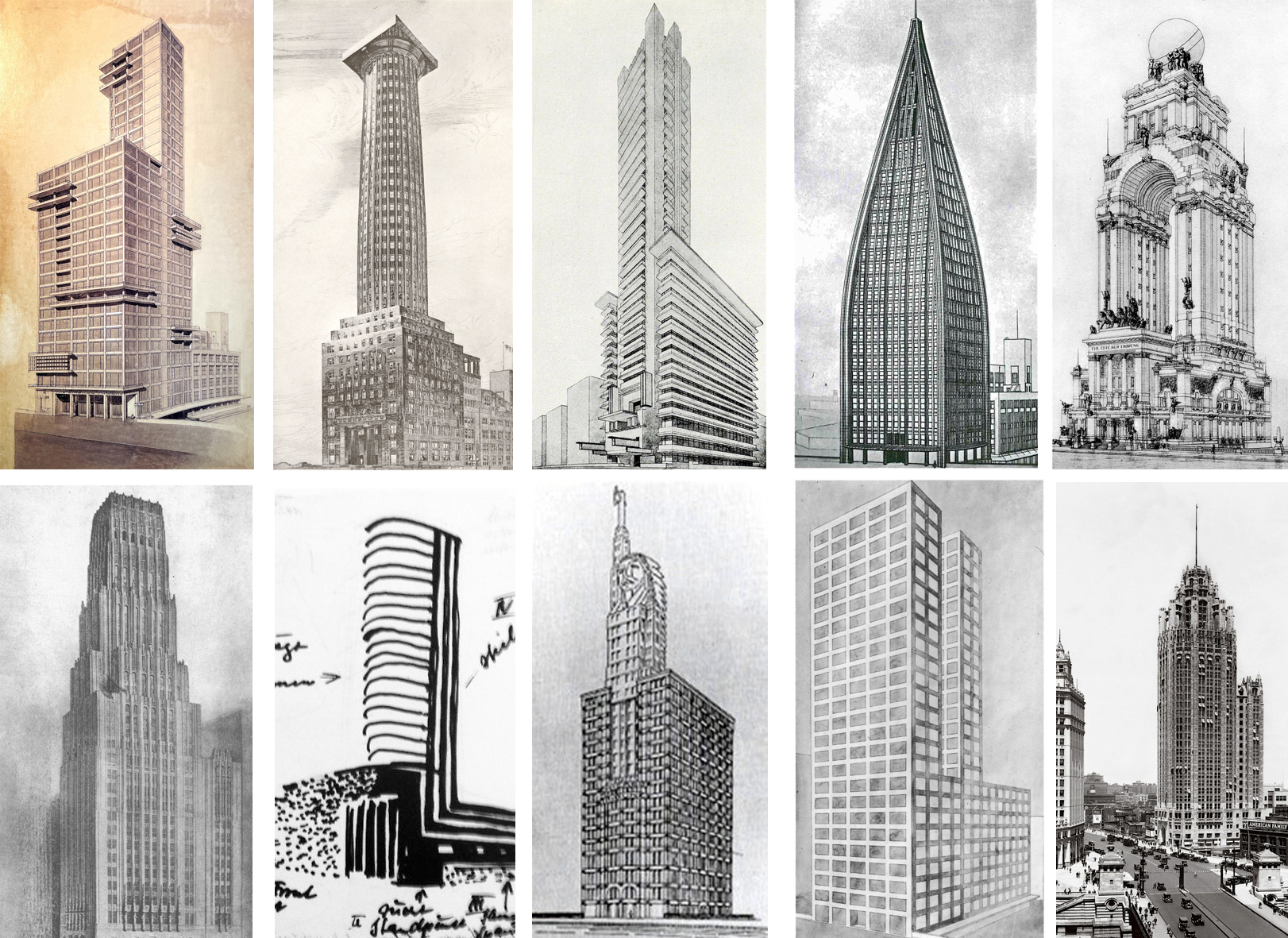The free plan versus the nostalgia of history:
The Chicago Tribune of Walter Gropius and Adolf Meyer versus the Chicago Tribune of Hood y Howells.
DOI:
https://doi.org/10.18861/ania.2024.14.2.3958Keywords:
American Architecture, Chicago Tribune competition, Walter Gropius, Adolf Meyer, Hood and Howells, Bauhaus, Workspaces, Open Plan, Tabula rasa, modernismAbstract
In 1922 the competition for the construction of the new headquarters of the Chicago Tribune newspaper was to become the scene of the first great failure of the Modern Movement in Europe. In it, some of the best European and American architects of the time - including the winning team of Raymond Hood and John Mead Howells and the one formed by Walter Gropius and Adolf Meyer - were to bear witness to an intellectual combat that, in times of the first European postwar period, would confront two ways of looking at architecture that were in reality two ways of looking at the world: Europe versus America, the free plan versus the segregation of the plan, the tabula rasa versus historicist nostalgia, and the vindication of a historical recommencement versus the need to vindicate a time that never existed.
Downloads
References
GROPIUS, W., 2006. Walter Gropius y la Bauhaus. Madrid: Abada. ISBN 978-84-96258-63-1.
BATAILLE, G., 1974. Obras escogidas. Barcelona: Barral.
GIEDION, S., 1949. Space, time and architecture :the growth of a new tradition. London: Geoffrey Cumberlege.
SPENGLER, O., 1998. La decadencia de occidente. Madrid: Colección Austral.
SOLOMONSON, K., 2001. The Chicago Tribune Tower competition : skyscraper design and cultural change in the 1920s. Cambridge: Cambridge University Press. ISBN 0-521-59056-6.
TAFURI, M., 1975. La montaña desencantada en la ciudad americana. Barcelona: Editorial Gustavo Gili.

Downloads
Published
How to Cite
Issue
Section
License
Copyright (c) 2024 Jaime Sanz

This work is licensed under a Creative Commons Attribution 4.0 International License.
The journal and its contents are licensed under the Creative Commons - Attribution 4.0 International License (CC BY 4.0). It is possible to copy, communicate and publicly distribute its content as long as the individual authors and the name of this publication are cited, as well as the publishing institution (Universidad ORT Uruguay).

